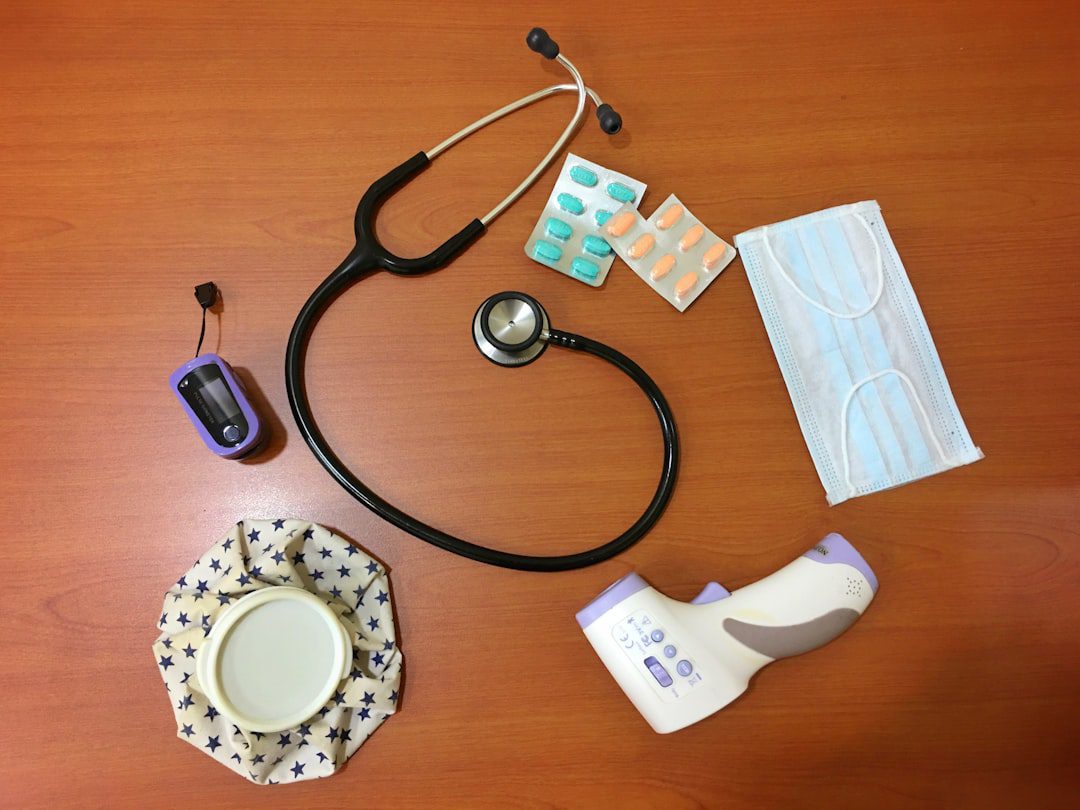
FDA’s Early Alert Program Expansion: A Game-Changer for Device Safety Communication
The FDA’s Center for Devices and Radiological Health (CDRH) has significantly expanded its Early Alert pilot communication program, marking a critical shift in how medical device safety issues are communicated to healthcare providers and the public. Originally launched as the “Communications Pilot to Enhance the Medical Device Recall Program,” this initiative represents the FDA’s proactive approach to addressing the traditional delays between initial safety awareness and public notification.
Understanding the Early Alert System
The Early Alert system fills a crucial gap in medical device safety communication. Unlike traditional recall announcements that require extensive evaluation and formal classification, Early Alerts can be issued when the FDA determines that a significant risk exists, even before completing comprehensive assessments or determining if a formal recall is warranted.
This expedited communication pathway allows the FDA to:
- Alert healthcare providers about potential safety concerns immediately
- Provide interim guidance while investigations continue
- Reduce patient exposure to potentially harmful devices
- Enable manufacturers to take corrective actions more quickly
Program Expansion Beyond Initial Scope
Initially limited to five device categories—cardiovascular, gastrorenal, general hospital, obstetrics & gynecology, and urology—the program’s September 29, 2025 expansion broadens its reach across additional medical device classifications. This expansion reflects the FDA’s commitment to improving patient safety across the entire medical device ecosystem.
The strategic selection of these initial categories was based on several factors:
- High patient impact potential
- Critical care applications
- Frequency of safety-related issues
- Direct patient contact and intervention requirements
Impact on Medical Device Manufacturers
For medical device manufacturers, this expansion represents both an opportunity and a responsibility. The Early Alert system creates a more dynamic regulatory environment where safety communication happens in real-time, requiring manufacturers to be more responsive and proactive in their quality management systems.
Key Implications:
Enhanced Surveillance Requirements: Manufacturers must strengthen their post-market surveillance capabilities to detect and report potential issues more rapidly. This includes robust adverse event monitoring systems and proactive risk assessment protocols.
Improved Communication Protocols: Companies need established procedures for rapid response to FDA Early Alerts, including internal escalation processes and customer communication strategies.
Risk Management Integration: Early Alerts should be integrated into ongoing risk management processes under ISO 14971, ensuring that emerging safety signals are systematically evaluated and addressed.
Compliance Recommendations for Manufacturers
To effectively navigate this expanded Early Alert environment, medical device manufacturers should implement the following strategies:
- Establish Early Warning Systems: Develop internal mechanisms to identify potential safety signals before they escalate to FDA attention
- Enhance MDR Reporting: Strengthen Medical Device Reporting (MDR) processes to ensure comprehensive and timely adverse event reporting
- Prepare Response Protocols: Create standard operating procedures for responding to Early Alerts, including communication templates and decision trees
- Monitor FDA Communications: Implement systematic monitoring of FDA safety communications and Early Alerts across all relevant device categories
- Update Quality Management Systems: Ensure ISO 13485 compliant quality management systems incorporate Early Alert considerations into document control and corrective action processes
Looking Forward: Preparing for Full Implementation
As the Early Alert program continues to evolve and expand, manufacturers should view this as an opportunity to demonstrate proactive safety leadership. Companies that embrace transparent communication and rapid response to safety concerns will likely benefit from enhanced regulatory relationships and improved market confidence.
The expansion of the Early Alert program signals the FDA’s continued commitment to modernizing medical device safety oversight. Manufacturers who adapt their compliance strategies to this new paradigm will be better positioned to protect patients while maintaining regulatory compliance in an increasingly dynamic environment.


No comments yet. Be the first to comment!